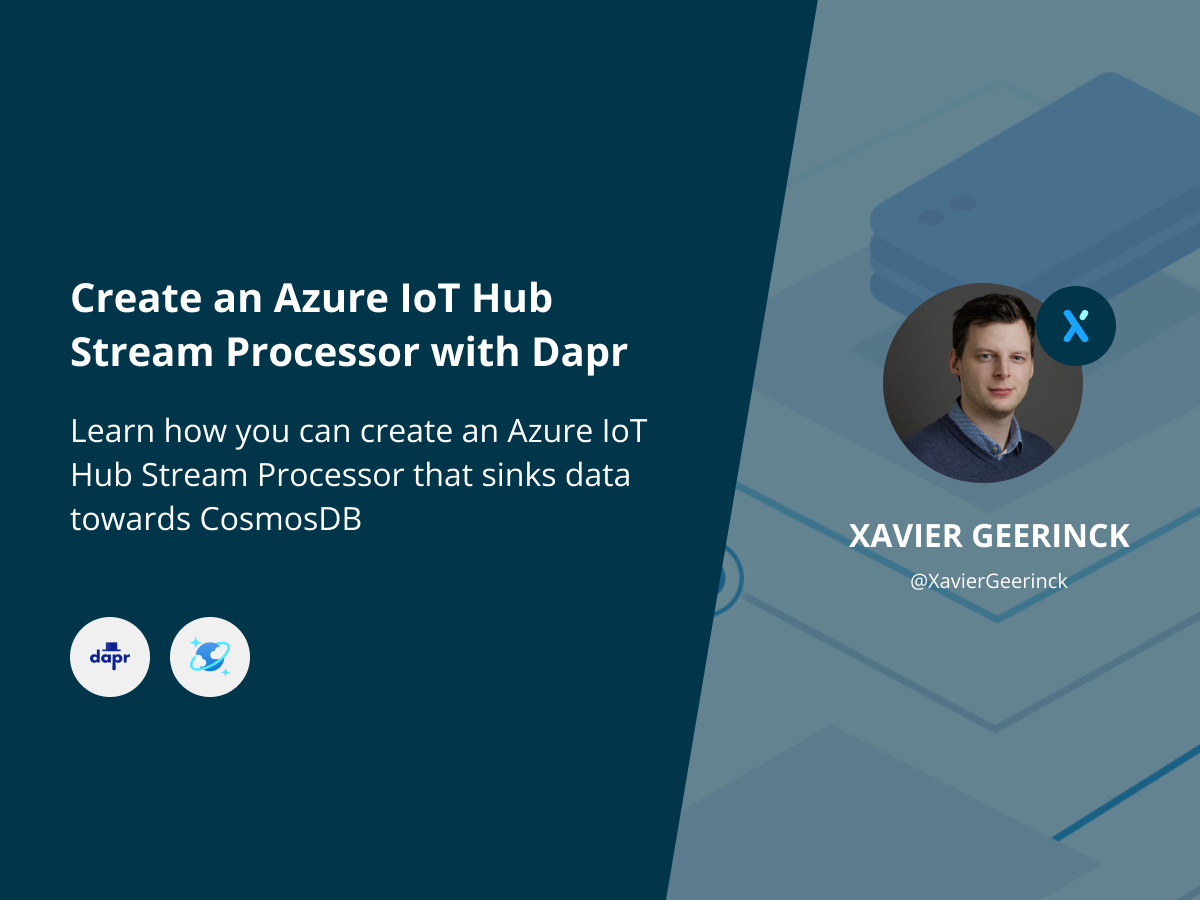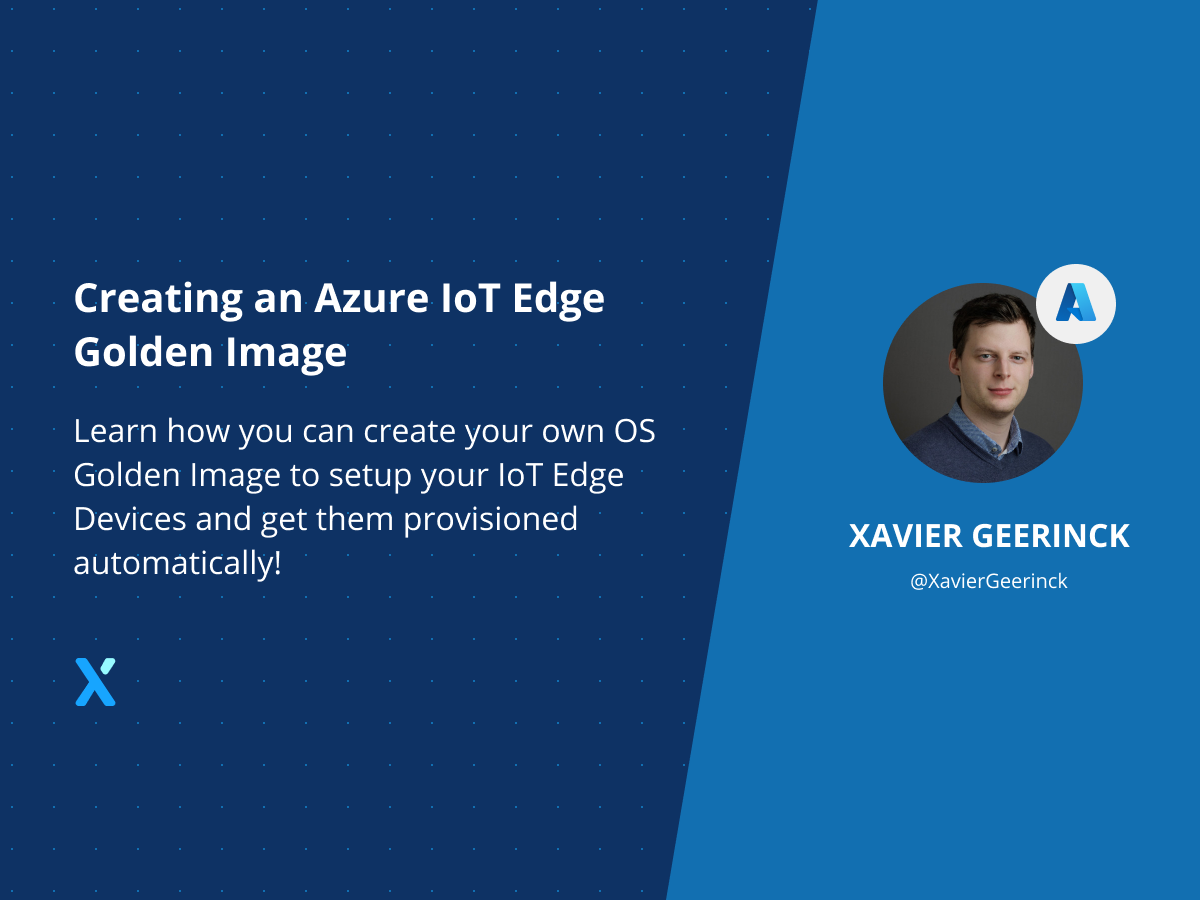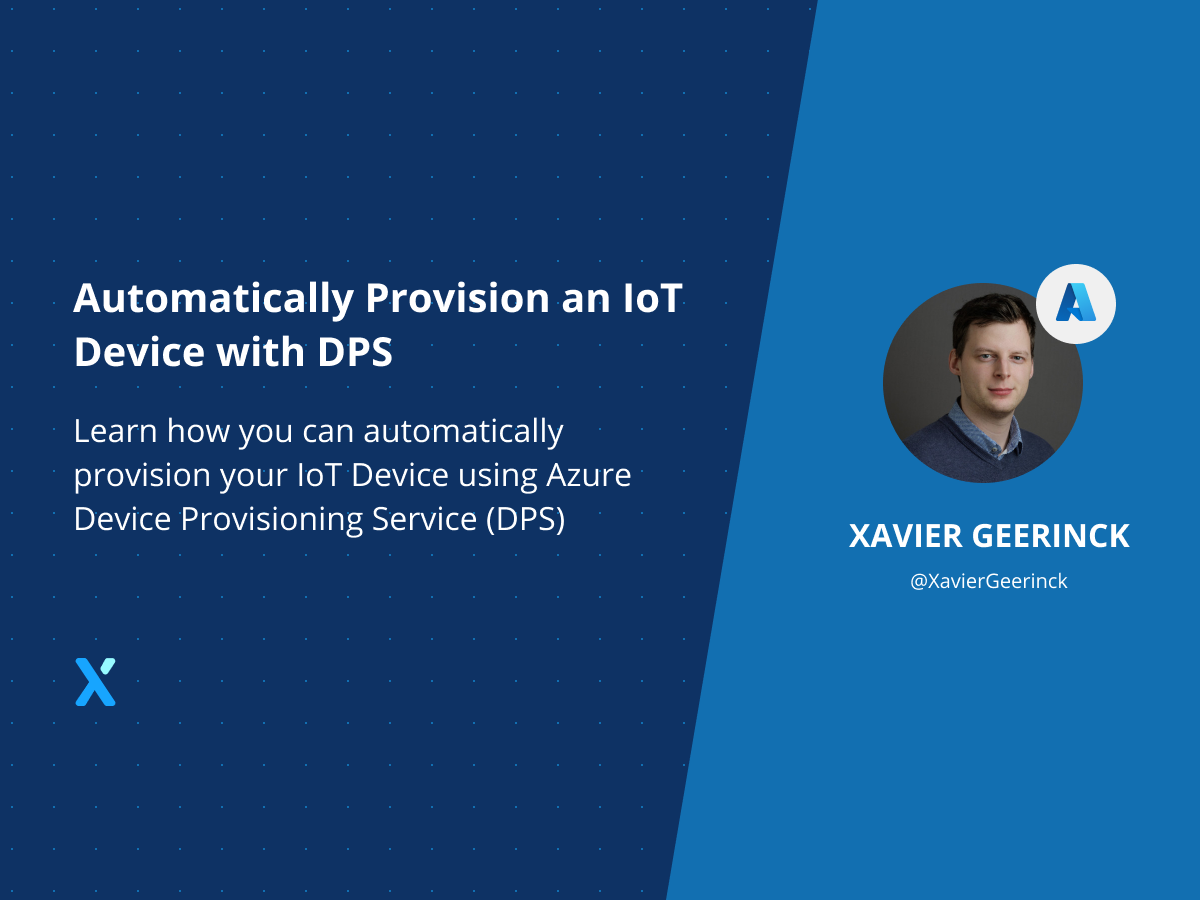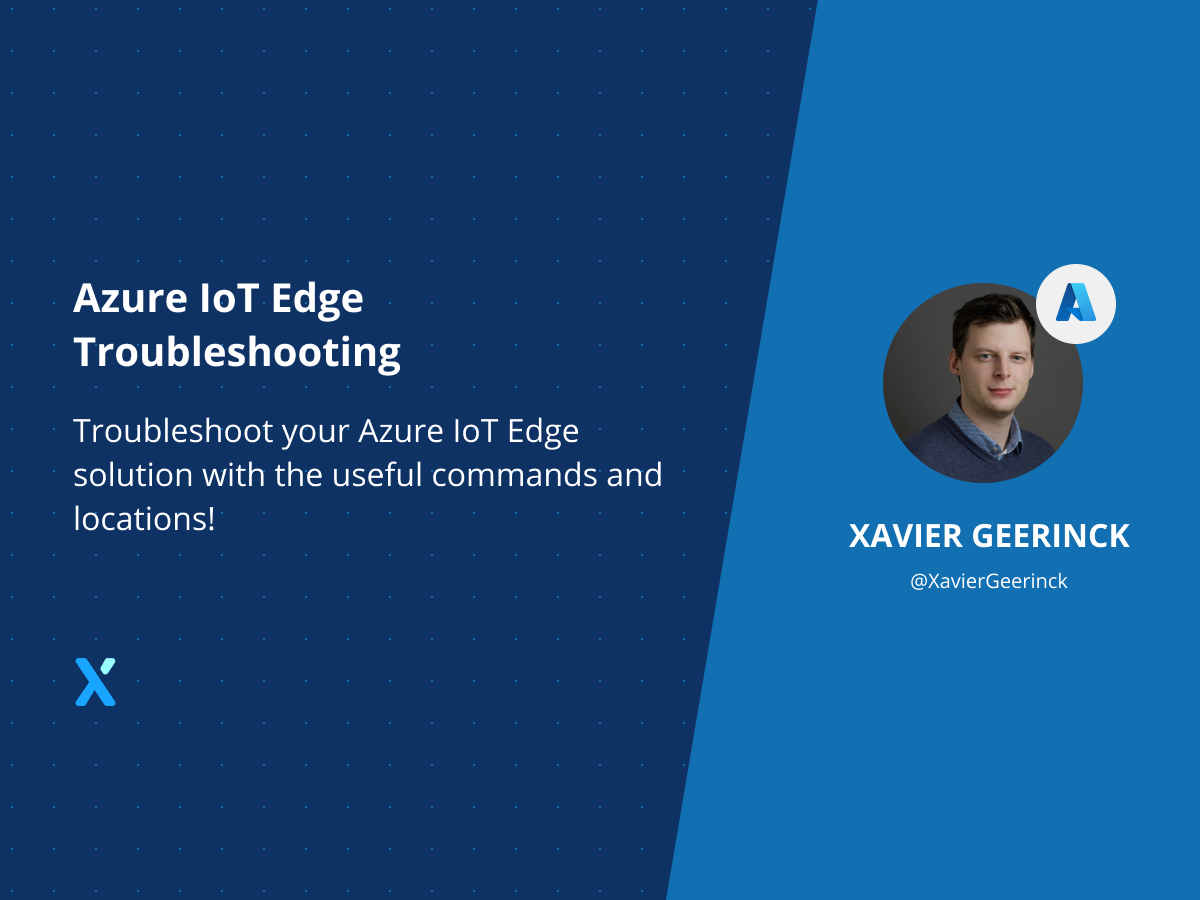
Managing and Deploying an IoT Edge device with Azure
Unleash the power of remote control and updates for your IoT devices with Azure IoT Edge! Learn about the deployment process and grab a handy script to easily target and deploy to specific devices. Boost your IoT game and stay ahead of the competition! #IoT #AzureIoTEdge #RemoteManagement






